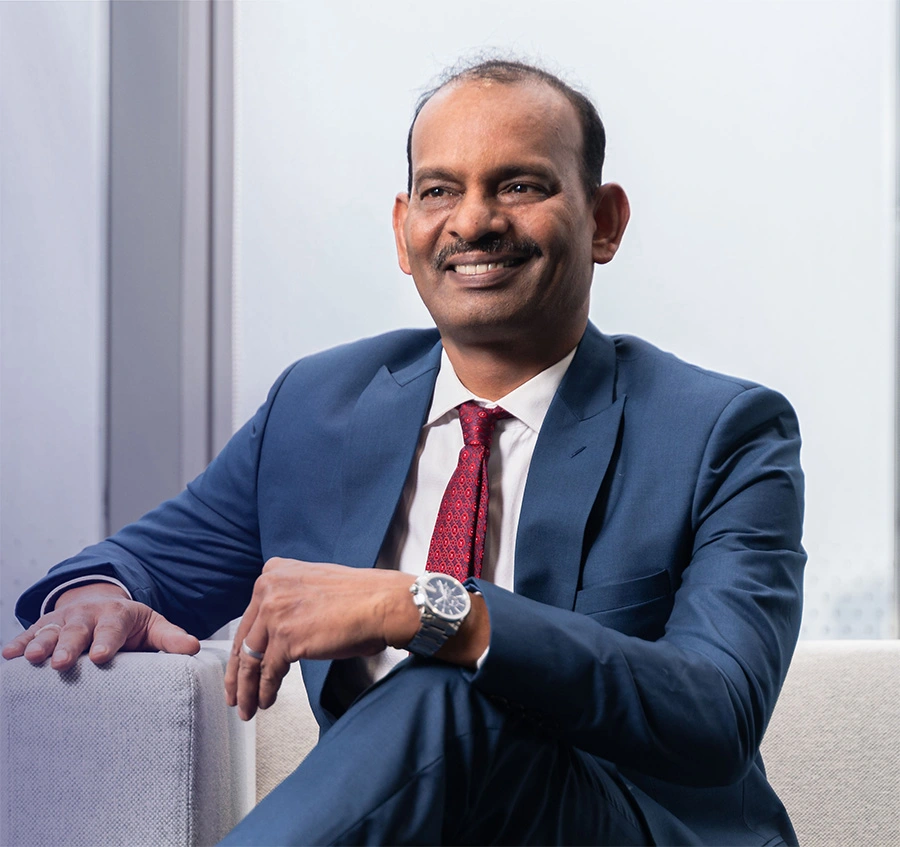View Interview
 Hot Seat
Hot Seat

Viswanath PS (or Vishy) is a business and finance veteran with over 28 years of experience across multiple industries. A pragmatic leader, Vishy's track record reflects his unending commitment of accelerating growth through the implementation of financial & operational strategies that are geared towards sustainable growth and profitability.
Vishy joined Randstad India in 2014 as the Head of Shared Services Centre (SSC) and was subsequently elevated to CFO in 2016. He was appointed as MD & CEO, Randstad India in July 2021. At Randstad, he has championed many transformational initiatives - from overhauling the financial structuring & planning process to implementing policies, procedures and systems to enable quick and informed decision making, while enhancing productivity. His vision and rigor have seen him helm the turnarounds of several non-performing business units to profitable ones in admirable time.
Prior to Randstad, Viswanath has held several leadership & management positions with industry titans including General Electric, Motorola and the TVS Group.
A Chartered Accountant from the Institute of Chartered Accountants of India, Vishy is unsurprisingly a certified black belt in Six Sigma.
A keen fitness enthusiast who enjoys running, yoga and cricket, Vishy's definition of an escape is retreating to the wilderness.
An area of AI we are actively looking at is predictive analytics. It can help us stay ahead of the curve by preempting employee behavior trends, culture shifts within the organization, the overall pulse of the teams, attrition rates, employee engagement data, etc. This will help us become a more proactive organization and be more future-ready.
